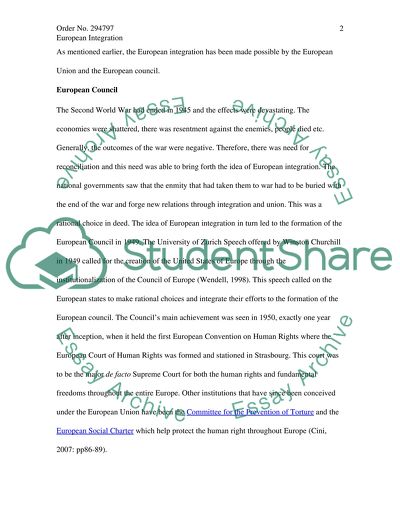Cite this document
(“European Integration Research Paper Example | Topics and Well Written Essays - 2750 words”, n.d.)
Retrieved from https://studentshare.org/politics/1510651-european-integration
Retrieved from https://studentshare.org/politics/1510651-european-integration
(European Integration Research Paper Example | Topics and Well Written Essays - 2750 Words)
https://studentshare.org/politics/1510651-european-integration.
https://studentshare.org/politics/1510651-european-integration.
“European Integration Research Paper Example | Topics and Well Written Essays - 2750 Words”, n.d. https://studentshare.org/politics/1510651-european-integration.


